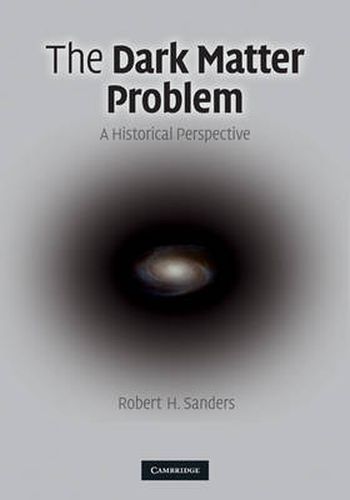Readings Newsletter
Become a Readings Member to make your shopping experience even easier.
Sign in or sign up for free!
You’re not far away from qualifying for FREE standard shipping within Australia
You’ve qualified for FREE standard shipping within Australia
The cart is loading…






Most astronomers and physicists now believe that the matter content of the Universe is dominated by dark matter: hypothetical particles which interact with normal matter primarily through the force of gravity. Though invisible to current direct detection methods, dark matter can explain a variety of astronomical observations. This book describes how this theory has developed over the past 75 years, and why it is now a central feature of extragalactic astronomy and cosmology. Current attempts to directly detect dark matter locally are discussed, together with the implications for particle physics. The author comments on the sociology of these developments, demonstrating how and why scientists work and interact. Modified Newtonian Dynamics (MOND), the leading alternative to this theory, is also presented. This fascinating overview will interest cosmologists, astronomers and particle physicists. Mathematics is kept to a minimum, so the book can be understood by non-specialists.
$9.00 standard shipping within Australia
FREE standard shipping within Australia for orders over $100.00
Express & International shipping calculated at checkout
Most astronomers and physicists now believe that the matter content of the Universe is dominated by dark matter: hypothetical particles which interact with normal matter primarily through the force of gravity. Though invisible to current direct detection methods, dark matter can explain a variety of astronomical observations. This book describes how this theory has developed over the past 75 years, and why it is now a central feature of extragalactic astronomy and cosmology. Current attempts to directly detect dark matter locally are discussed, together with the implications for particle physics. The author comments on the sociology of these developments, demonstrating how and why scientists work and interact. Modified Newtonian Dynamics (MOND), the leading alternative to this theory, is also presented. This fascinating overview will interest cosmologists, astronomers and particle physicists. Mathematics is kept to a minimum, so the book can be understood by non-specialists.